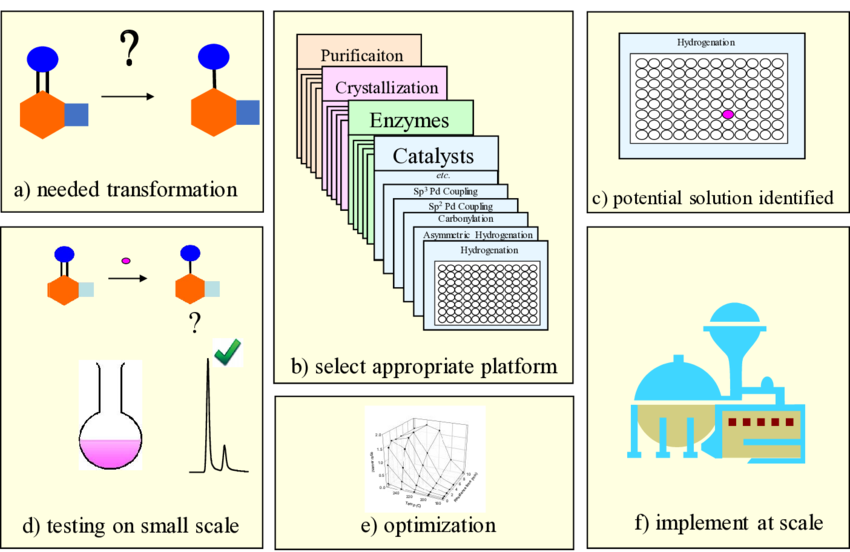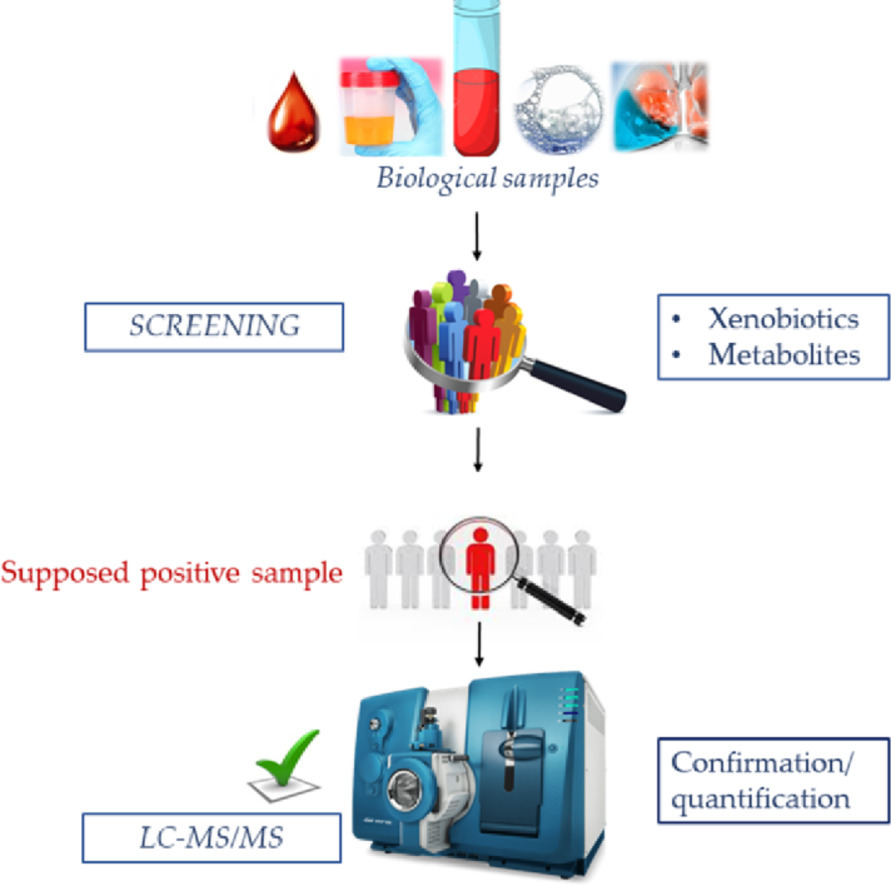Introduction
Analyzing amino acids is crucial in various fields, including clinical diagnostics, nutrition research, and protein characterization. Traditional methods for amino acid quantification can be time-consuming and labor-intensive, hindering laboratory efficiency. The introduction of 200-test amino acid analysis kits offers a significant improvement. This article explores how these kits enhance efficiency in clinical and research labs by enabling high-throughput testing.
High-Throughput Testing: Faster Analysis, More Samples Processed
High-throughput testing (HTT) allows processing a large number of samples simultaneously. HTT benefits laboratories in several ways:
- Increased Throughput: HTT enables researchers and clinicians to analyze more samples in less time, resulting in faster results and improved overall lab efficiency.
- Reduced Costs: HTT can potentially lower the cost per sample analysis by minimizing labor and streamlining workflows.
- Improved Data Quality: Automated HTT platforms often provide increased consistency and reduced human error compared to manual methods.
The 200-Test Amino Acid Analysis Kit: Pre-Configured Efficiency
The 200-test amino acid analysis kit is a pre-configured system containing all the reagents and consumables needed to analyze 200 samples. This eliminates time-consuming preparation steps like buffer and mobile phase creation, allowing researchers to proceed directly to sample processing. Additionally, these kits often include automation features, enabling unattended operation overnight for maximum efficiency.
Benefits of the 200-Test Kit
- Faster Workflows: The streamlined approach of the 200-test kit significantly reduces preparation time and simplifies the overall workflow, leading to faster analysis and improved lab throughput.
- Cost-Effectiveness: The pre-configured nature of the kit minimizes waste and reduces the need for purchasing individual components, potentially leading to cost savings per sample.
- Standardized Results: Pre-measured reagents and standardized protocols minimize variability and ensure consistent results across batches.
Considerations and Future Developments
While the 200-test kit offers numerous advantages, it's important to consider factors such as laboratory volume and specific needs. For labs with lower sample loads, smaller kit sizes might be more cost-effective. Additionally, ongoing research in automation and miniaturization technologies holds promise for further advancements in high-throughput amino acid analysis.
Conclusion
The 200-test amino acid analysis kit is a valuable tool for enhancing efficiency in clinical and research settings. By enabling high-throughput testing, these kits offer numerous benefits, including faster turnaround times, potentially lower costs, and improved data consistency. As technology advances, we can expect even more efficient and sophisticated solutions for amino acid analysis in the future.

